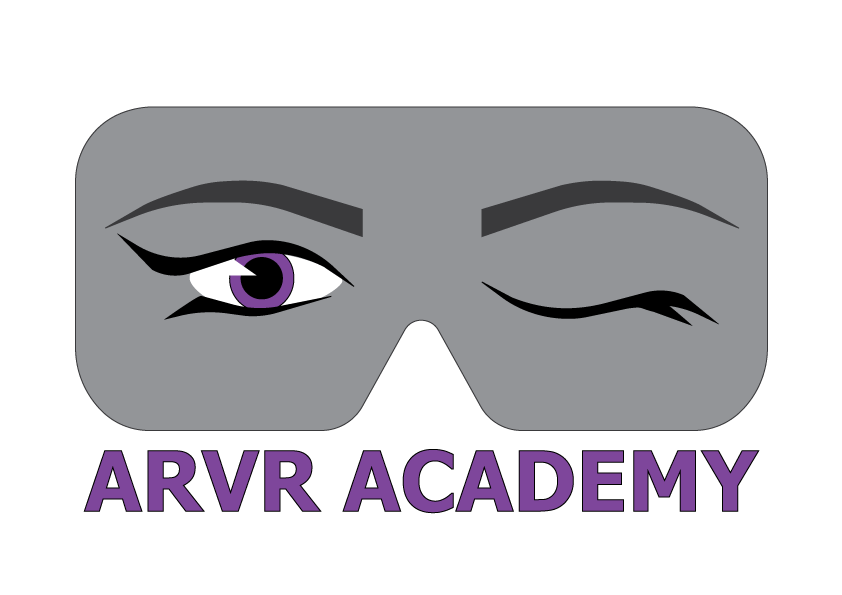Vrideo, the portal that started back in 2014 with the lofty aim of being the YouTube of virtual reality, called it quits earlier this week. Two years is like a decade in “VR-years”, as those in the fast-moving industry can readily testify, and while Vrideo’s founders tried to stretch the $2 million they raised from early 2015, it could only take them so far before the well dried up.
One reason Vrideo failed to get the traction it needed to survive was its inability to deliver enticing content that would have brought users back repeatedly for more. And that same traction challenge faces most other VR content companies.
While 2016 has been the year when hardware players delivered on getting a sufficient supply of VR headsets into households at increasingly attractive price points, the pressure is now on content makers to make the immersive medium stick as a mainstay for mass consumption. VR’s ability to achieve staying power will almost wholly depend on it.
“Content, be it a lack of content or poorly created content that underwhelms people when they try VR is the biggest threat to mainstream consumer adoption.” Nic Mitham, cofounder and CEO at WEARVR, told me.
I wrote last month that the VR industry hasn’t done a good job so far on safety research, but it also hasn’t done a good job on market research. Very few quantitative studies are available, and it doesn’t look like content creators are sufficiently testing the appeal of what they are churning out, which may be partly due to a lack of time and resources to make it a priority.
“The number one problem facing the VR industry right now is the lack of quality VR content with a high replayability factor,” Hess Barber, cofounder and President of First Contact, told VentureBeat last month.
The anecdotal evidence is that most people trying out VR for the first time at exhibitions and trade fairs aren’t impressed. The common complaint I hear is that the experience was surprisingly poor or, even worse, gimmicky, which to a content creator, or really anyone with a vested interest in the industry, is like hearing a chalkboard being scraped.
Yes, the walled garden operators at Oculus, HTC, and Samsung are all engaging the developer community in order to prioritize high quality, premium, engaging content, but it’s a tall order. It’s unclear whether developers will be able to produce high quality experiences, quickly, in order to satisfy the anticipated demand.
“It’s important to create solutions and content that will be better because of VR technology, not just the same services and narratives on a new platform,” Therkel Sand Therkelsen, founder at CopenX, told me.
For example, does VR as a medium offer a superior experience for learning math? And, in the case of the just-shuttered Vrideo, how compelling is 360-degree video? According to Presence Capital’s Phil Chen, not very:
“360 degree video is the wrong capture method for VR. Volumetric capture needs to work for creatives, movie directors, filmmakers, and the like to create this new medium. I think it’s a mistake that 360-degree video and VR are almost synonymous now. For a general sense of space, 360 is fine. But if you want to truly tell a story – to zoom in, zoom out, gauge reactions and create empathy and emotions – it’s terrible for those things.”
Content that fails because of technical shortsightedness like not designing the UX so that users are free of any threat of nausea is becoming less of an occurrence. What’s more essential is resisting the urge to transform content into VR experiences without considering what the value-add is. An example is this 360 video of Richard Branson playing tennis.
“Creators should ask themselves why the content is created for VR and how the technology can add value. If not, it could be a risk to the industry.” Therkelsen adds.
You can’t simply throw any story into VR and win over audiences by that merit alone. It has to be wrapped around the medium, which may in some cases require a reimagining of the content. A good example is the Verge’s exclusive VR interview with First Lady Michelle Obama on how she mastered social media. As a user, you feel more intimate with the content and may even experience a pinch of presence in the environment as the narration guides your attentive gaze.
If content makers don’t step up and instead leave users hanging with a library of VR content that lacks variety, richness, and the unique depth that only genuinely immersive experiences can provide, then the devices that have made their way into people’s homes may start collecting dust, and future hardware sales may not be as impressive as those of us in the industry are hoping for.





























